Violet Peters is no stranger to computer screens.
Like many of her peers, she attended school virtually for part of the COVID-19 pandemic. She’s used to talking with her teachers and kindergarten classmates online.
Still, she seemed uneasy last winter on the morning of her scheduled virtual visit with Kelly Whilden, a certified Child Life specialist from Spectrum Health Helen DeVos Children’s Hospital.
“Violet was nervous at the beginning of the visit—she was kind of curled up on my lap with her blanket up by her chin,” said her mom, Kim Peters.
The planned topic of conversation had her worried.
An active, independent 6-year-old from Rockford, Michigan, Violet had recently begun exhibiting symptoms of epilepsy. She was scheduled to have her first electroencephalogram, or EEG, later that week to measure her brain’s electrical activity.
That’s what Whilden wanted to talk with her about: What could Violet expect when she came in for the test?
By explaining the EEG process in an age-appropriate way, Whilden, a 16-year veteran of the children’s hospital’s Child Life team, hoped she could lift Violet’s spirits and put her mind at ease.
Rubber duckie
The conversation came about as part of the Child Life team’s virtual visits program, established early in the course of the pandemic to provide a service online that would normally take place in person.
“Sometimes the computer can be a barrier, but it was just so nice to use that as a tool to meet Violet and also meet her psychosocially where she’s at, to help prepare her for her visit,” Whilden said.
Whilden wasted no time in capturing Violet’s interest.
After both parties had signed onto the Microsoft Teams platform and said their hellos, Whilden introduced Violet to a special guest: a bright, oversized rubber duckie.
“I’ll never forget her smile when I brought the duck out,” Whilden said.
“Her whole face lit up.”
Positioning the yellow toy in front of her laptop’s camera, Whilden placed sample electrodes on the duck to show Violet what the EEG technician would do.
“I thought it would be a perfect visual aid to make the visit a little bit fun and silly … and use that to demonstrate a few of the basic steps,” Whilden said.
The demo worked its magic.
Violet forgot her nerves and zeroed in on Whilden and the duck.
“She quickly relaxed as soon as she realized Kelly was making it fun for her,” Kim said.
“She asked questions … and then later that night at dinner, she was able to repeat all the steps she learned from Kelly to my husband and son.”
Two days later, Violet knew exactly what to expect when she climbed up on the EEG table with the big rubber duckie that Whilden had left waiting for her.
Set up for success
Kim, herself a child life specialist at Helen DeVos Children’s Hospital, pioneered the virtual visits program with Whilden and another colleague in the summer of 2020.
With the pandemic severely limiting their work with kids at the bedside, virtual visits gave them a way to reach patients at home, before they set foot in the hospital.
Kim could have prepped her daughter for the EEG herself, but she asked Whilden to do a virtual visit because she knew kids often “do better when they’re being taught by somebody else.”
The team has now conducted more than 375 virtual visits to prepare patients and families for surgeries, MRIs and other tests and procedures.
Parent feedback has been overwhelmingly positive, with 100% of survey respondents saying they would recommend a virtual visit to others in their situation.
By arming kids with knowledge, virtual visits reduce anxieties and lead to a smoother hospital visit.
“Kids might be scheduled to do an MRI with sedation medicine, and then we do a virtual visit and help prepare them … and then come to find out, they felt so prepared and ready to go that they did not need that sedation medicine,” Whilden said.
“For the child to not have to get anesthesia or sedation medicine is a wonderful thing.”
Virtual visits also help uncover issues—such as a patient’s sensory needs or inability to swallow pills—so the medical team can address them in advance, Kim said.
“I think that’s just incredible that we’re able to set those patients up for success before they come.”
The Child Life team gets referrals from doctors and nurses, but most virtual visit appointments come through direct contacts.
“We’ve mostly been calling families who are on our surgery schedule or on our radiology schedule and saying ‘Hey, this is a new program. Do you think it would be helpful for your child?’” Kim said.
Because the virtual program allows Child Life to reach more people, the team plans to continue offering virtual visits even after the pandemic’s restrictions are lifted. And they hope to add patients from other pediatric specialty areas as the program grows.
“We definitely see it continuing on,” Kim said. “It is a time-saver for families to be able to do this from their homes, and that benefit of preparing before they come into the hospital, I think, will always be important.”
As a parent who has personally benefited from the program, Kim knows its value for kids and their families. It helped get Violet off on the right foot as she set out on an uncertain medical journey.
“Epilepsy felt like a scary diagnosis, and we were really comforted with the care that she got,” Kim said.
“We know she’s in good hands.”
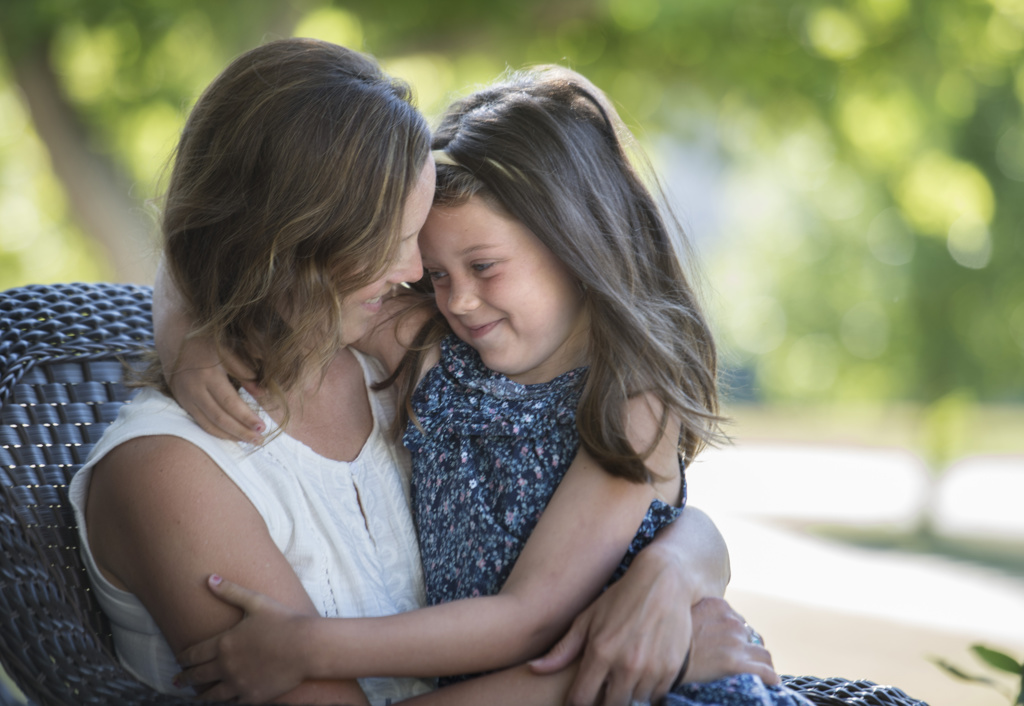
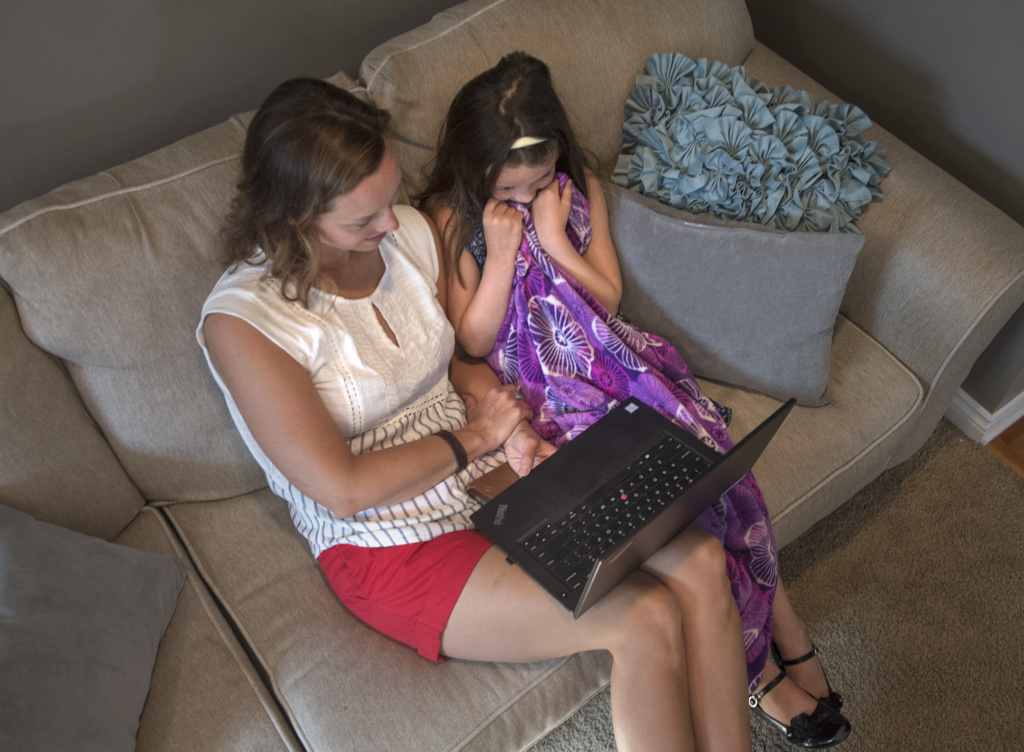




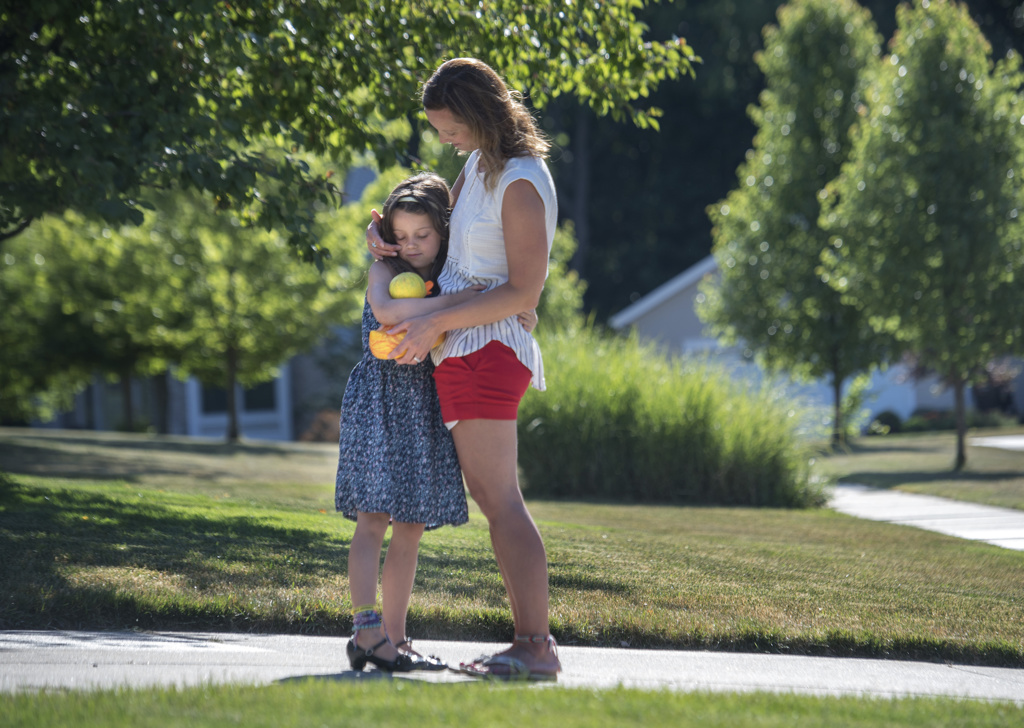


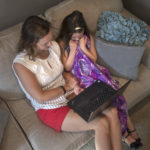

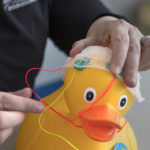
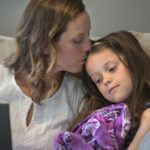

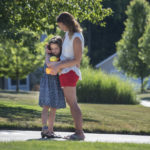


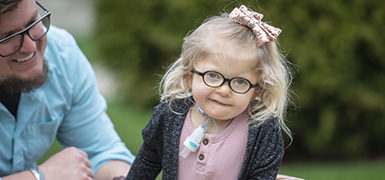 /a>
/a>
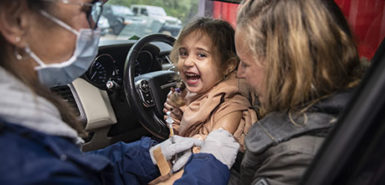 /a>
/a>
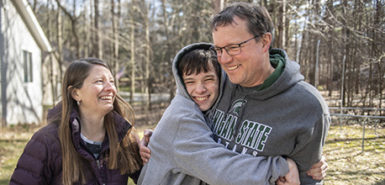 /a>
/a>
Inspiring
I love this